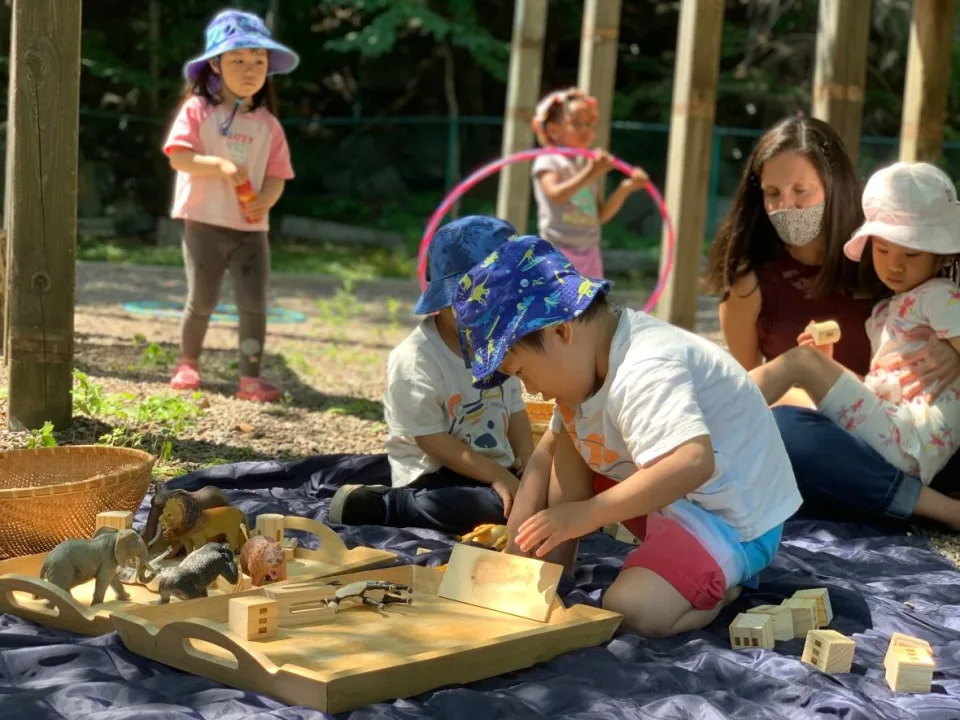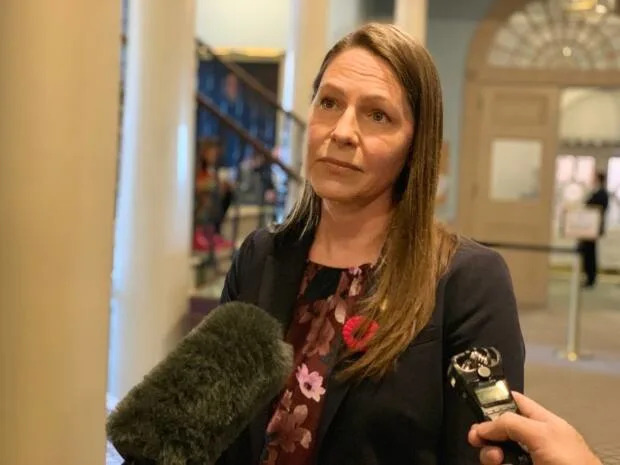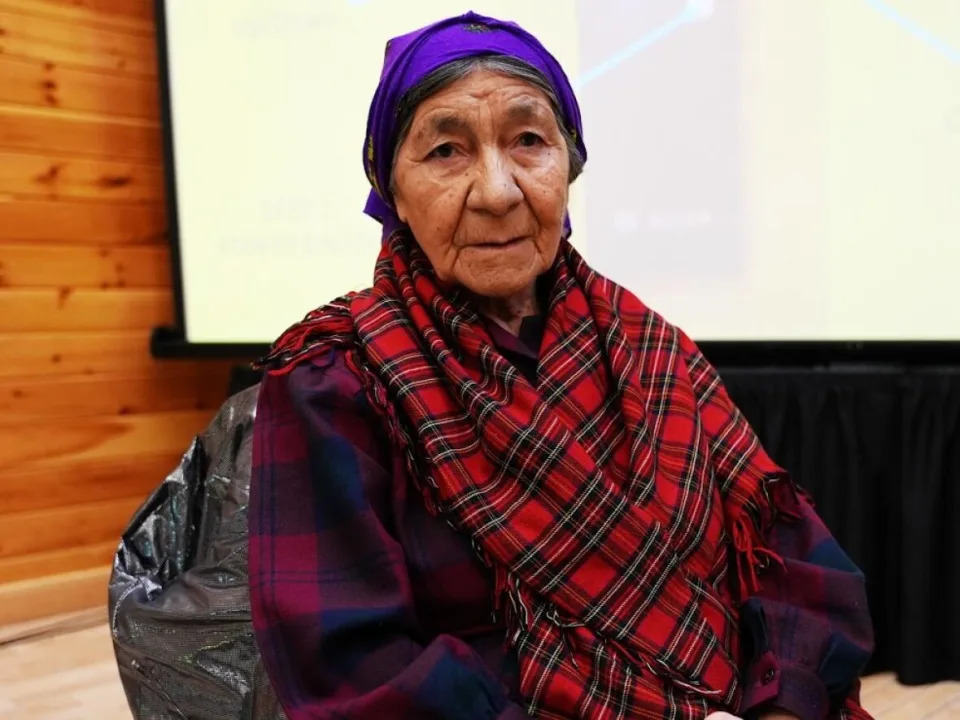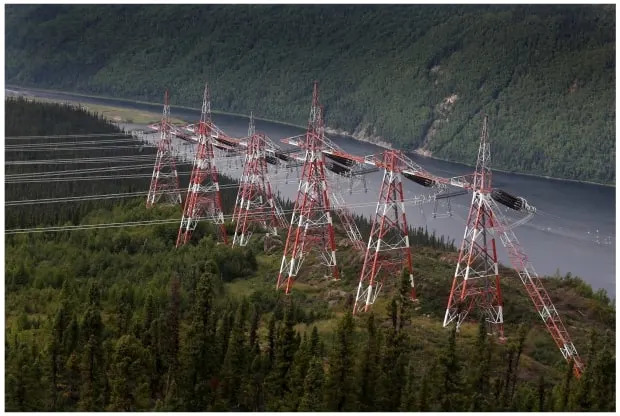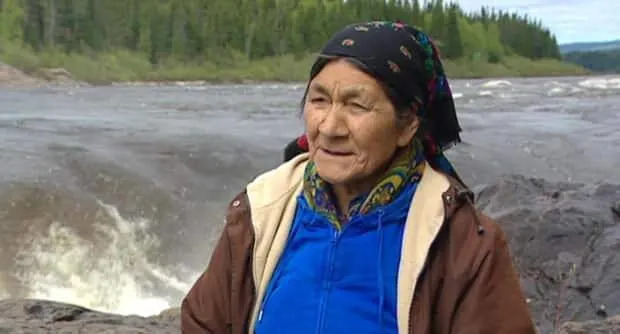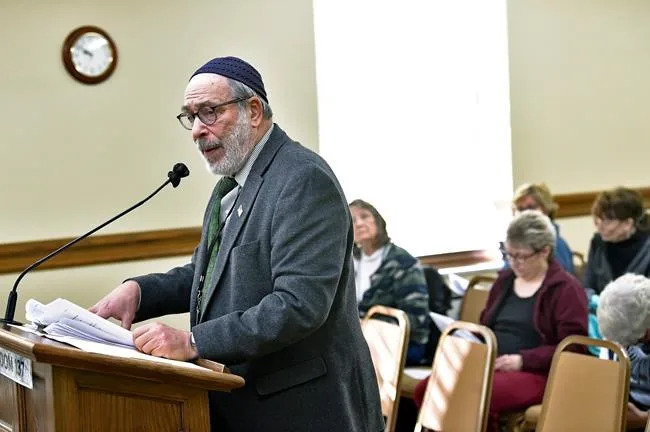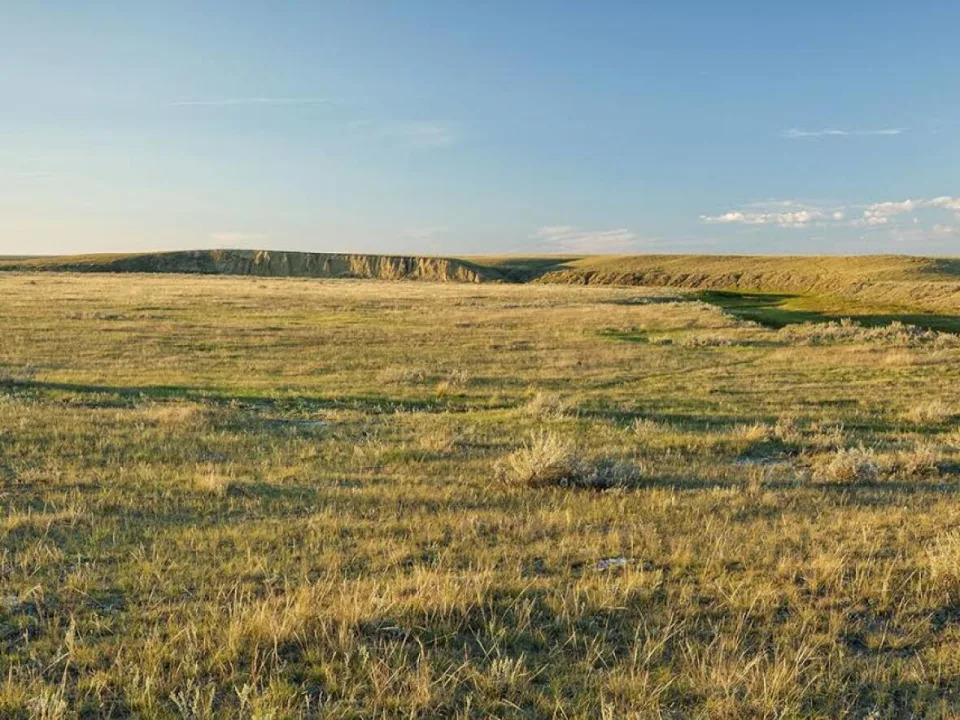CRYPTOZOOLOGY
Tracking down the elusive Bigfoot
Fri, February 17, 2023
Depending on who you ask, Bigfoot, an ape-like creature that legend says stalks the forests of North America, is either a good subject for a story told around a campfire but not to be taken seriously, a real phenomenon that science has yet to explain, or something between the two.
Also known as sasquatch, Bigfoot has become a larger-than-life icon that is echoed in other parts of the world. In the southeastern United States, legends of the Skunk ape about, while in Asia, Bigfoot is know as the Almas, Yeren and Yeti. In Australia, a similar creature of folklore is called the Yowie.
Southwestern Manitoba is no stranger to accounts of the notoriously elusive Bigfoot, who is usually described as a large, muscular, bipedal creature covered in black, dark brown or dark red fur, standing as tall as 4.6 metres.
A website called the Bigfoot Field Researchers Organization (BFRO) has archives of many Bigfoot sightings across North America. In western Manitoba, the mystical creature is said to have been seen near Brandon, Kenton, Rivers and Rossburn.
One such account, which took place on July 29, 2010 along a dirt road near Brandon, tells the story of an unnamed man who went to check his rural mailbox and decided to take a back road home. Noticing strange tracks on the road, he got out of his truck and was flabbergasted at what he saw — footprints that measured larger than any human foot, showing a seven-foot stride, that appeared to emerge from a field, walk along the edge of the road for nearly a mile and then return to the same field.
In 2000, a possible sasquatch was seen by an unnamed farmer near Highway 21 just outside Kenton, 72 kilometres northwest of Brandon. The farmer claimed his cattle had been spooked on several occasions, and he finally saw what was scaring them one night when he was approaching his uncle’s farm with his tractor. At first, he thought the figure he saw was his uncle walking on the road away from him. As he got closer, the creature turned toward him and walked across the road. Moments later, the farmer’s uncle appeared. The farmer describes the creature he saw as being almost as tall as a tree — at least eight feet — and a gait that didn’t seem human.
One sasquatch-like creature was seen walking across a grain field near Rivers, 41 km northwest of Brandon, in August 1996. The anonymous witness said he was returning home one evening just after dusk had fallen when he saw a shape in the ditch on the west side of the highway. He stopped to check if it was a horse from a nearby farm, but quickly observed a fast-moving creature that was covered in dark brown hair and walking upright.
North of Rossburn, 146 km northwest of Brandon, a suspected sasquatch was seen in summer in the mid-1960s by a group of people picking saskatoon berries behind their garden. The witness claimed the creature made a second appearance shortly after.
On social media, several people claimed to have seen a Bigfoot-like creature near McCreary, 137 km northeast of Brandon, and Killarney, 99 km southeast of Brandon. Whether these sightings, and the ones described on the BFRO website, are legitimate or not is up for interpretation.
But for Ryan Willis, president of the Trent University Sasquatch Society (TUSS) in Peterborough, Ont., Bigfoot is more than just a folk tale — it’s a creature that is just as real as it is elusive.
Willis is the host of a new television show coming to the Wild TV Network this fall called “Sasquatch University.” The show seeks to dive into the phenomenon of Bigfoot in Canada, and is looking for witnesses and people with evidence in Westman and all over Canada to come forward and share their stories.
Having had a keen interest in sasquatch since he was 11 or 12 years old, Willis said similar television programs to the one he is hosting are what sparked his passion for the bipedal creature.
“I was watching Animal Planet one night and I stumbled across the show ‘Finding Bigfoot,’ which aired for a while,” he said. “And then as I got older, I would just research the subject all the time and go into the woods when I could.”
Trent University Sasquatch Society is the first, and currently the biggest, Bigfoot research group in Canada, Willis said. Members speak with Bigfoot researchers from all over the world, and their main goal is to educate students about sasquatch.
The group, consisting of around 200 members, has faced ridicule in the past over its interest in the famed cryptid, but it hasn’t dampened their enthusiasm, Willis said.
“We take it very seriously. We speak with a lot of academics and a lot of scientists,” he said. “I think a lot of people don’t know how many scientists and PhDs are doing work on this and are very involved in the subject.”
Bigfoot research has evolved far beyond grainy videos of people in monkey suits in the ’60s, thanks to groups like his, Willis said. The next step toward finding concrete evidence for Bigfoot’s existence is the new television show, which he said his entire society is excited about, since it’ll afford them opportunities to travel even more extensively throughout Canada in pursuit of the legendary creature.
“We’re doing a hunt for witnesses right now. We already have a bunch that have got in touch with us in the past, but … we’re always looking for more. We’re trying to find the most interesting witnesses we can and followup with them.”
Once they know where they want to travel to shoot episodes of the show, the group will get down to work in actually trying to find Bigfoot, using traditional methods such as tree knocking and howling as well as more cutting-edge, scientific ways of drawing out sasquatch.
“We want to try using drones and certain game cameras, and different things like that.”
Although Willis, the cast and crew are all passionate about finding real evidence of Bigfoot, that doesn’t mean they don’t get a little spooked from time to time when they’re out in the woods doing their field work. From dealing with bears and porcupines to the possibility of seeing the focus of their research itself, things can get a little nerve-wracking, Willis said.
“We just try to focus on the task at hand and not get too freaked out, but there are sometimes where it does get pretty freaky out there. It’s cold and dark, and that does kind of get to you a bit … but it’s all worth it, to us, for sure.”
Anyone who would like to come forward with their own tales of Bigfoot encounters are encouraged to visit sasquatchuniversity.com, which has links to all of the society’s social media channels.
Willis said he has heard some interesting Bigfoot lore coming out of Manitoba and hopes that enough witnesses will come forward to warrant a trip to Westman in the near future, all in hopes of pursuing North America’s most elusive — and captivating — cryptid.
Miranda Leybourne, Local Journalism Initiative Reporter, Brandon Sun


